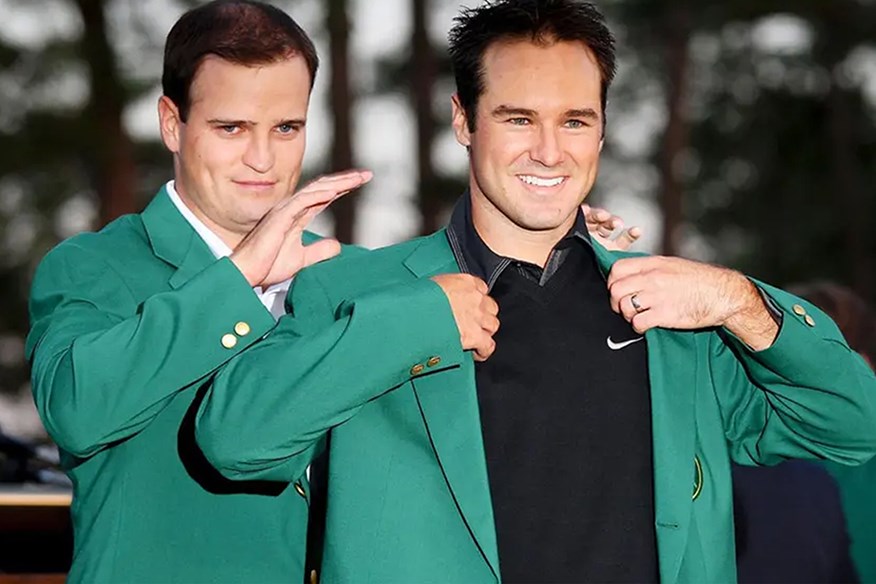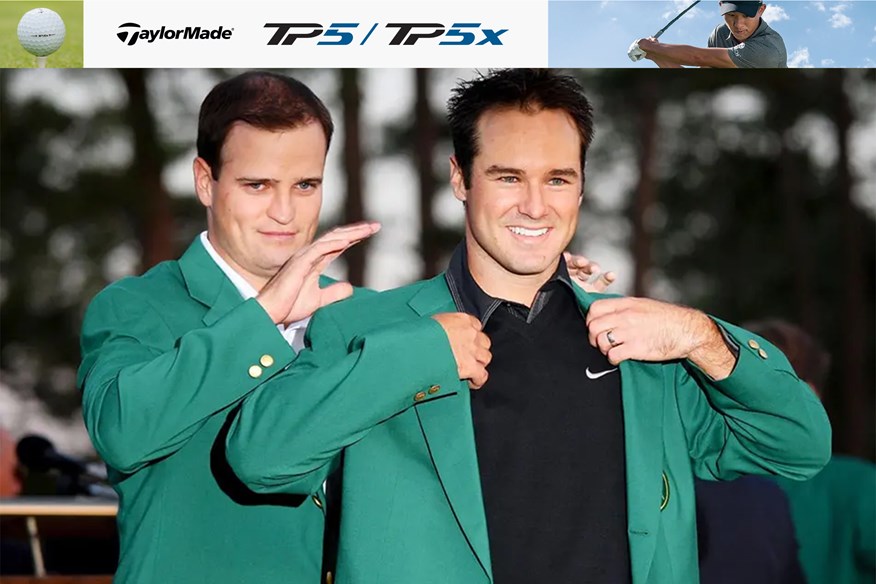Trevor Immelman: “Driving is more important than people realize, but Augusta is still a second-shot course”
Published:
In 2008, Trevor Immelman beat Tiger Woods to win the Masters at Augusta National Golf Club. But rather than signaling the start of a run of Major successes, injury set off a slow, painful decline, as the South African explains here.
On a cold, blustery Sunday afternoon in Georgia in 2008, Trevor Immelman became the first South African since Gary Player to win the Masters and slip on the Green Jacket at Augusta National.
He was tipped for more majors. But persistent, niggling injuries progressively got worse, prompting a downward spiral in form and confidence from which he never recovered.
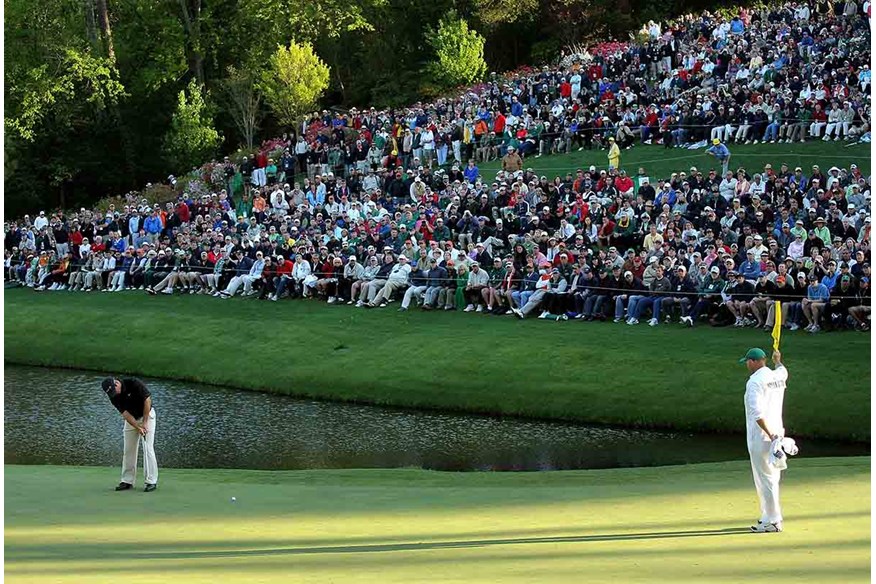
When I was a kid, growing up in South Africa, the Masters and the Open were the two events I had the most access to from a TV standpoint.
The Masters isn’t the oldest Major, but there’s so much mystique attached to it. Once you’ve been there a few times, all of that is impressed on you and the legend grows. To be a small part of that tapestry is really cool.
I was eerily calm all week. The conditions weren’t, and maybe that’s why that jumps out at me.
I had been through some weird health scares beforehand, and arrived there with a slightly different perspective even though I’d played a few tournaments leading up to it.
I had a tumour on my diaphragm. It was possibly life threatening and I had to undergo such invasive surgery to see whether it was benign or malignant. It was scary. But I recovered. It was remarkable how things panned out.
The week before I had emergency surgery I won the Nedbank against one of the strongest fields ever assembled there. So, my game was really good in the years leading up to 2008.
My self-belief and skill level were at a standard where I could compete at the highest level. That part wasn’t being questioned. But obviously when those health issues crop up it’s concerning, and affects you mentally.
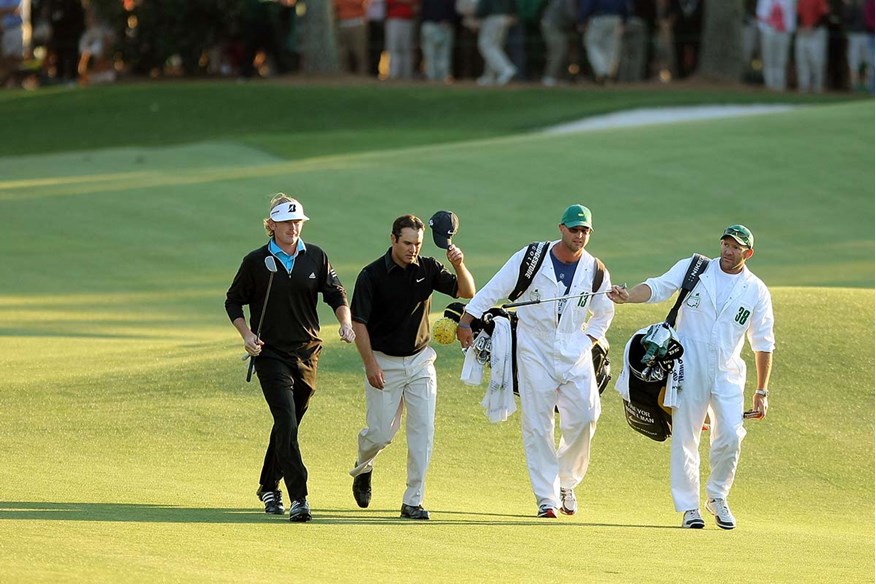
Over the last 15 years, it has become a much harder driving course.
There are many tee shots which are quite narrow, starting at the 1st and even the 2nd now. They’ve drawn the tee box further back, which makes it a lot harder.
Five is tough with the bunkers, the 7th has become a lot narrower. Nine as well, 11, 14 and then 17 and 18 are the two toughest tee shots of the day.
A lot of people think you can tee it high and let it fly, but it’s changed. Driving is more important than people realize, but it’s still a second-shot course.
If you can leave your ball in the right places on the greens to the different pins, it can provide you with some solid opportunities. But if you short side yourself, or leave yourself putting downhill or across the slopes, you will have a real problem.
THE MASTERS: The Champions Dinner: History, menus and what will be served this year

THE MASTERS: Ben Crenshaw “There’s not much strategy left at Augusta”
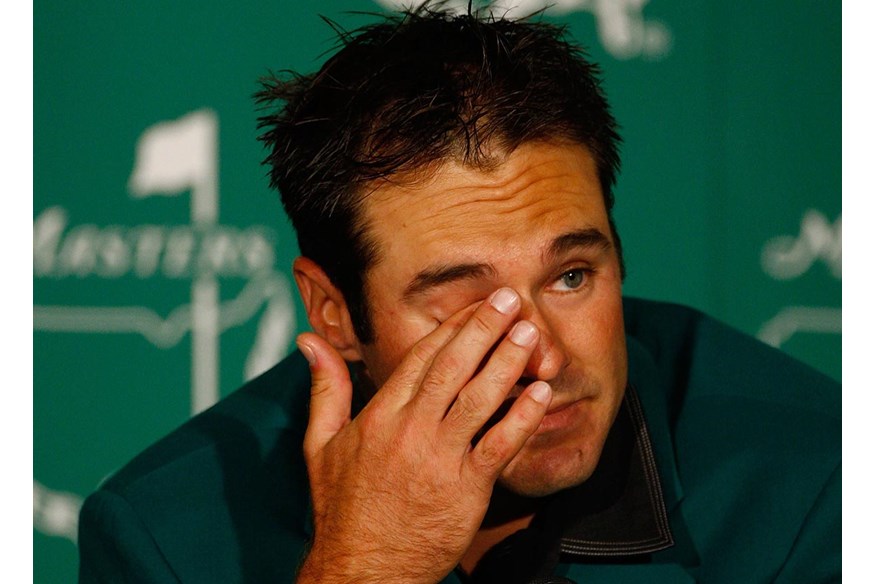
I love going back. I’d love to be playing better when I turn up there.
There’s no doubt there’s a formula to playing Augusta National that certain guys figure out sooner than others. I know that formula. I’ve played well there a few times.
I think that’s why you see the same names pitch up on the leaderboard. If any of those guys arrive with any form, they’re going to have a chance on the weekend. It was no surprise to see a guy like Larry Mize at 58 make the cut. He understands what it takes to play well at that golf course. Fred Couples is another great example.
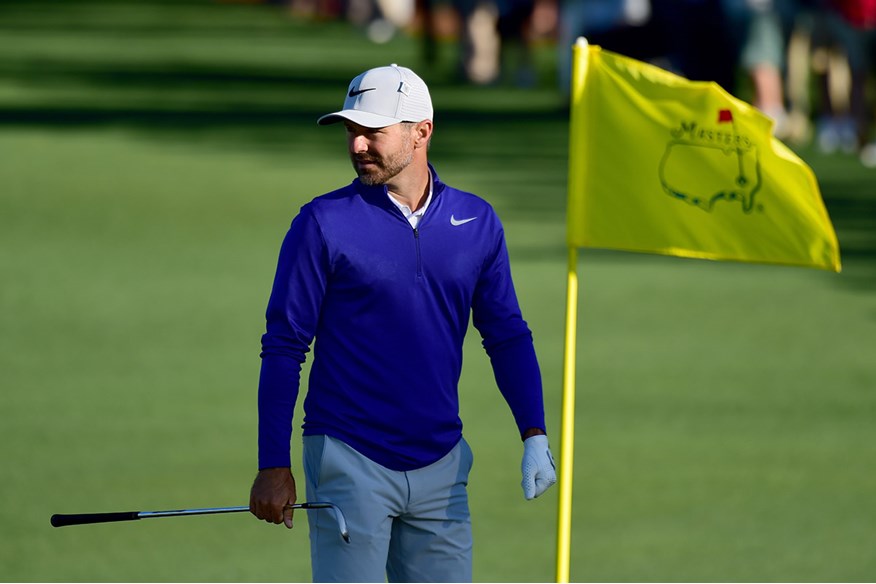
It’s been a tough ride since winning the Masters.
I’ve had so many injury problems. I had a lot of tendon, bone and cartilage issues on the left wrist, and they all had to be taken care of. It wasn’t just a case of resting and taking anti-inflammatories. The issue for me was that I played with the injury for too long. Slowly, it eroded my technique. Physically, I couldn’t get into the positions I used to, and my brain wouldn’t wilfully put me in a position of pain.
I was walking that fine line of fighting myself, physically and mentally. My productivity started to decline and that ate into my confidence. The will to achieve and the enjoyment of competing and preparation never leaves a professional athlete.
I think that’s why so many athletes struggle once they retire, because they struggle to quench that natural desire to achieve. Unfortunately, it’s like a slow decline.
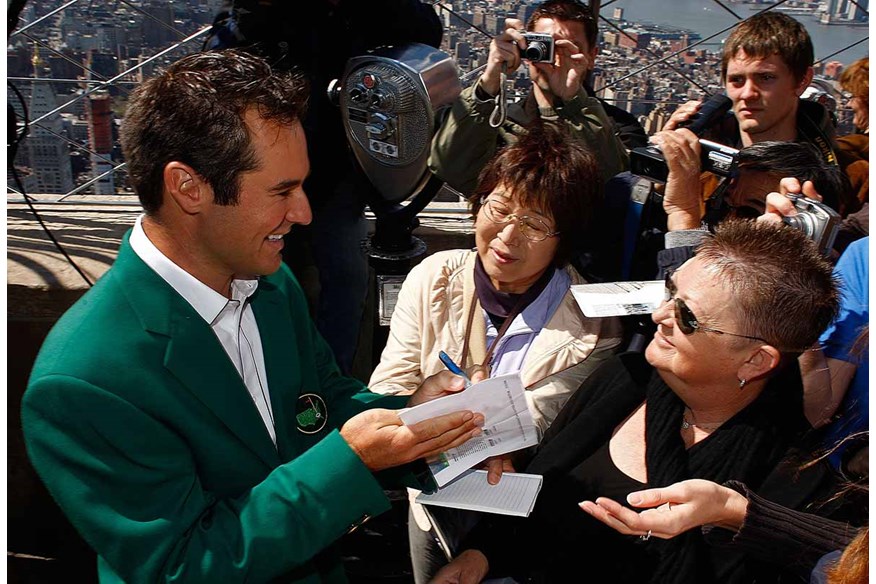
When I finally decided to have surgery, I’d run out of options.
That was in 2009, about a year after I won the Masters. It was four months before I could putt again.
I had muscle atrophy and had to slowly build things up again. To be honest with you, the mistake I made came when I started the rebuilding process. I tried to rectify the technical issues that had arisen from playing with pain. When I tried to rectify those, I had the wrong blueprint; the wrong ideas. Unfortunately, I dug myself a deeper hole. It was very frustrating.
Looking back, what’s even more frustrating was that my intentions were good.
Everyone I was speaking to thought it was the right thing to do. By the way, I was putting in more work than I ever had. I was determined to get back.
I had already proven to myself that I could beat the best in the world on the biggest stage and in my mind there was no reason why I couldn’t do it again. I was willing to sacrifice whatever I needed to get back there. But, unfortunately, I was going about it with the wrong strategy and plan.
I still love the game. I have a deep passion for it.
At times, I hit better shots than I hit in my prime. But consistency doesn’t seem to be there and I haven’t been able to string it all together. I wouldn’t say my focus has shifted, but I’ve started doing a lot of broadcast work and that’s something that appeals to me.
-
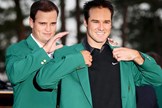 Trevor Immelman won the 2008 Masters.
Trevor Immelman won the 2008 Masters.
-
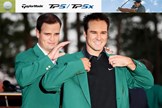 Trevor Immelman won the 2008 Masters.
Trevor Immelman won the 2008 Masters.
-
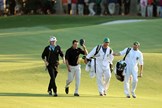 Trevor Immelman acknowledges the Augusta National patrons as he walks up the 18th at the Masters in 2008.
Trevor Immelman acknowledges the Augusta National patrons as he walks up the 18th at the Masters in 2008.
-
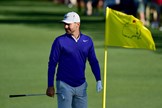 2008 Masters champion Trevor Immelman loves returning to Augusta.
2008 Masters champion Trevor Immelman loves returning to Augusta.
-
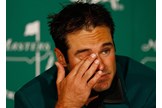 2008 Masters champion Trevor Immelman gets emotional during his winner's press conference at Augusta National in 2008.
2008 Masters champion Trevor Immelman gets emotional during his winner's press conference at Augusta National in 2008.
-
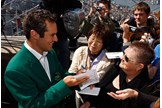 Trevor Immelman meets fans at the Empire State Building after winning the 2008 Masters.
Trevor Immelman meets fans at the Empire State Building after winning the 2008 Masters.
-
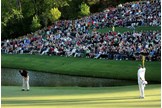 Trevor Immelman putts during the final round of the Masters at Augusta in 2008.
Trevor Immelman putts during the final round of the Masters at Augusta in 2008.
-
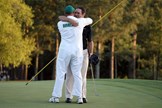 Trevor Immelman celebrates his 2008 Masters victory with his caddie.
Trevor Immelman celebrates his 2008 Masters victory with his caddie.
